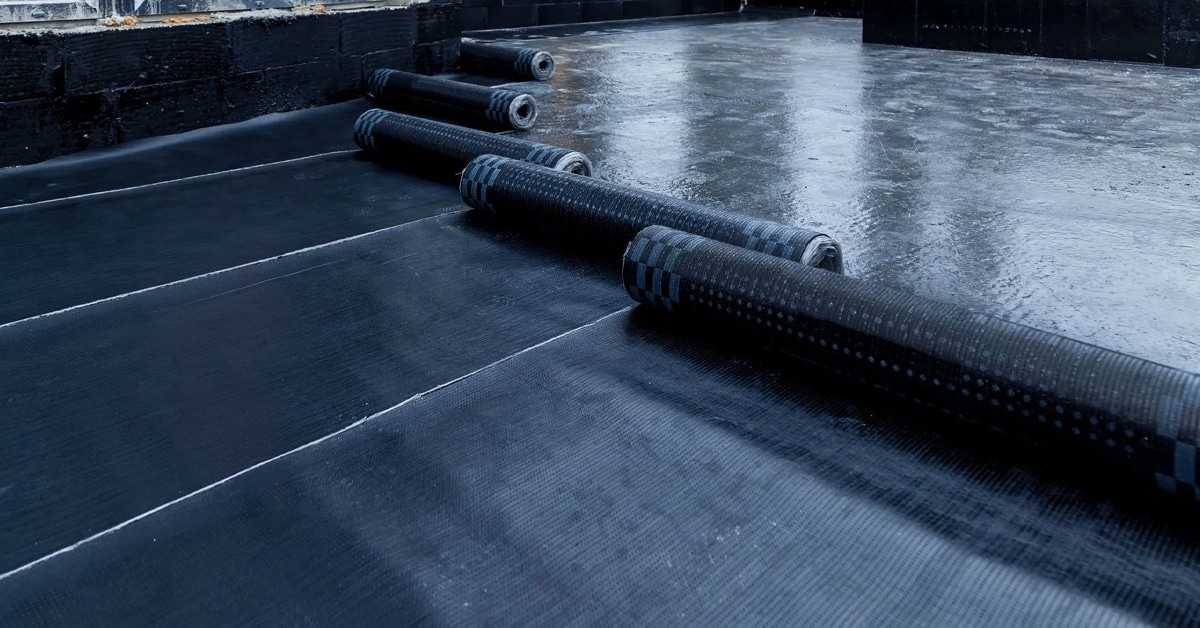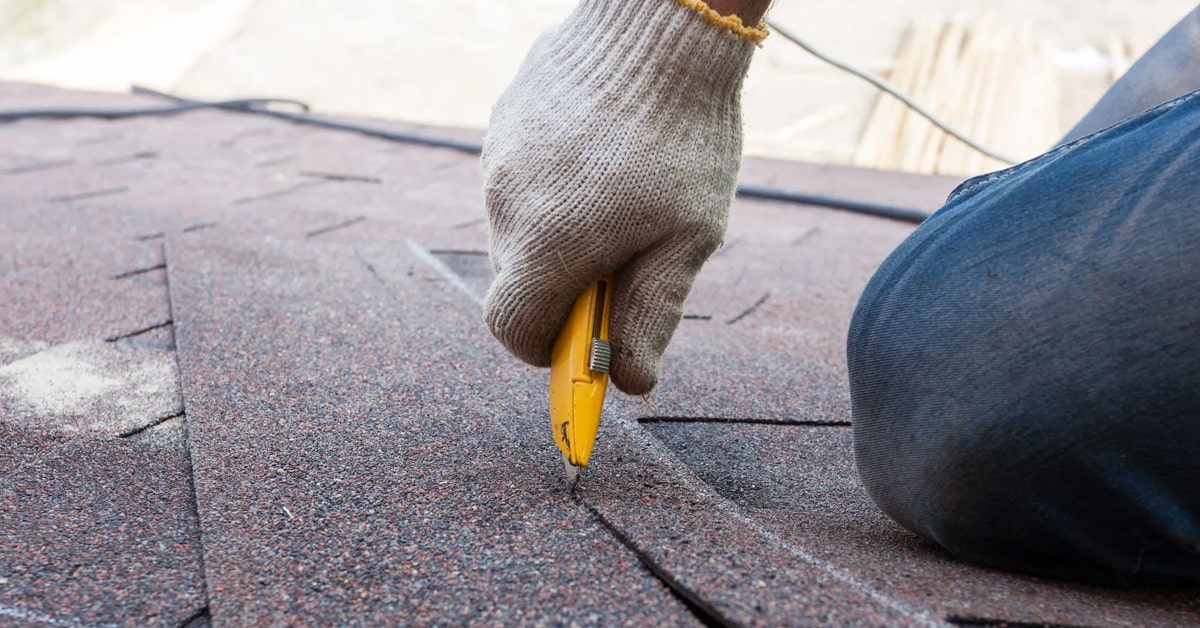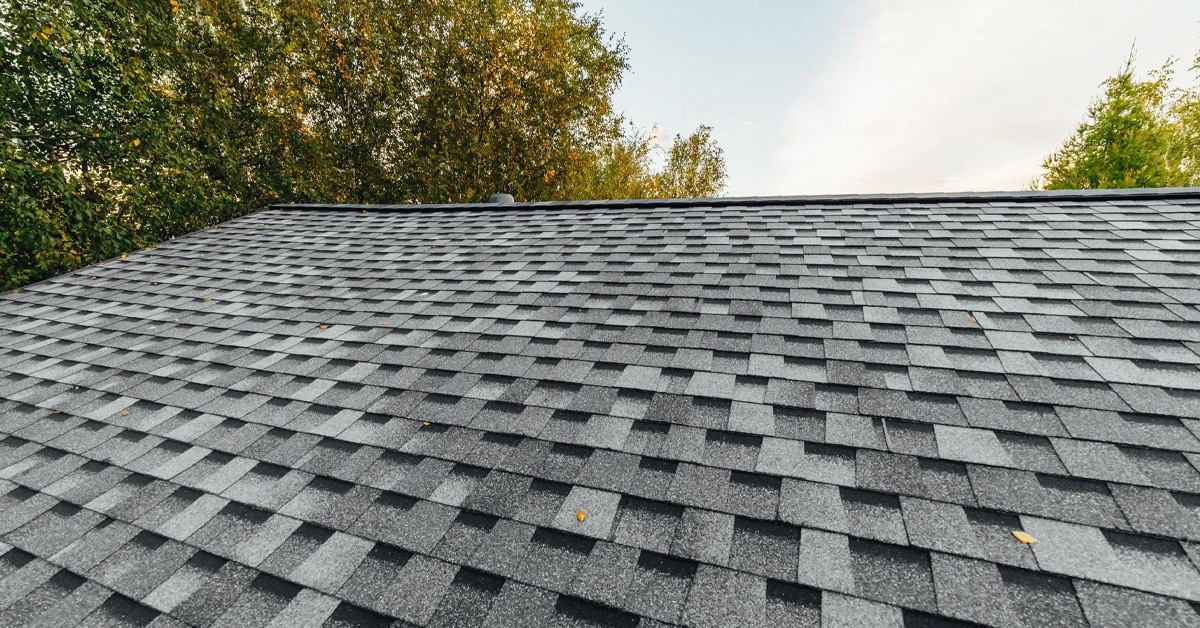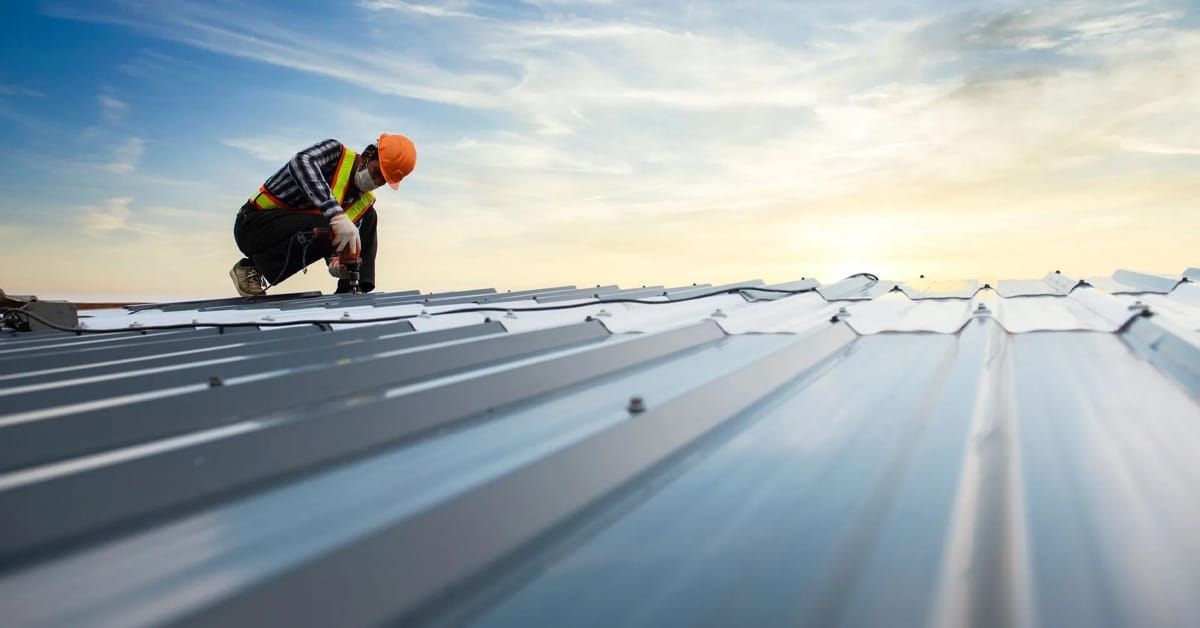When it comes to protecting your home, few things are as crucial as the roof…

What is Membrane Roofing?
Membrane roofing systems are particularly suitable for flat or low-sloped roofs, as their flexibility and ability to form a continuous and watertight surface make them less prone to leaks and water pooling. Their installation is relatively quicker compared to traditional roofing systems, such as built-up roofs, which involve multiple layers of materials.
Advantages of Membrane Roofing:
- Waterproofing: The primary purpose of membrane roofing is to provide superior waterproofing, protecting the building and its contents from water damage.
- Seamless Design: With large sheets and heat-welded seams, membrane roofing reduces the number of potential weak points in the roof’s structure, further enhancing its waterproofing capabilities.
- Flexibility: Membrane materials have excellent flexibility, allowing them to accommodate building movements without cracking or compromising their integrity.
- Durability: High-quality membrane roofing systems can have a long lifespan, requiring minimal maintenance over the years.
- Energy Efficiency: Some membrane roofing materials, like white thermoplastic membranes, offer good solar reflectivity, which can help reduce cooling costs by reflecting sunlight away from the building.
- Easy Installation: Membrane roofing systems are generally quicker and easier to install compared to traditional roofing systems, potentially reducing labor costs.
Overall, membrane roofing is a reliable and popular choice for commercial and residential flat or low-sloped roofs, providing excellent waterproofing and durability while offering energy-efficient options for property owners. To ensure the best results, it’s essential to work with experienced roofing professionals who can properly install and maintain the membrane roofing system.


